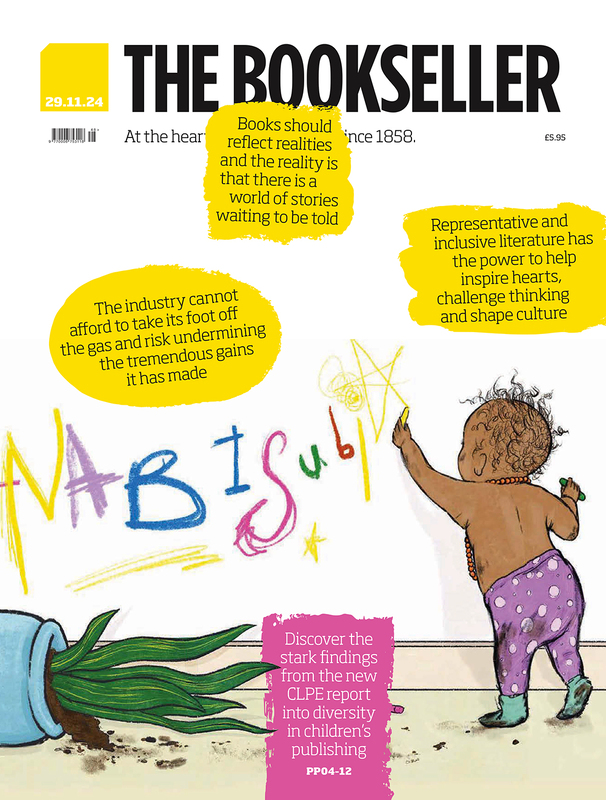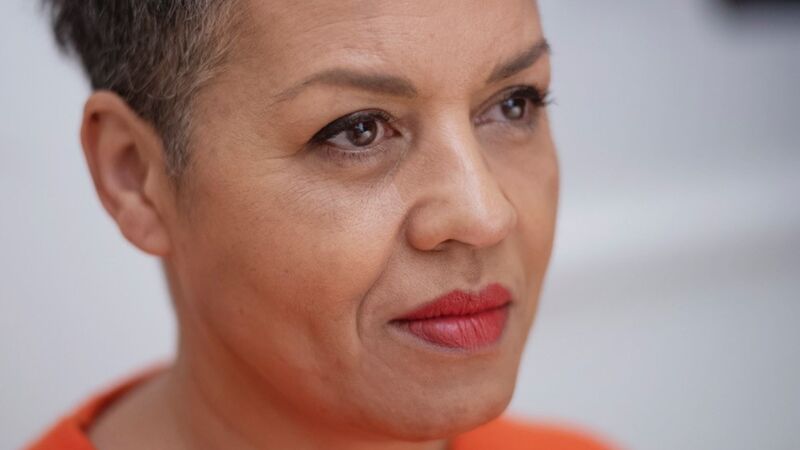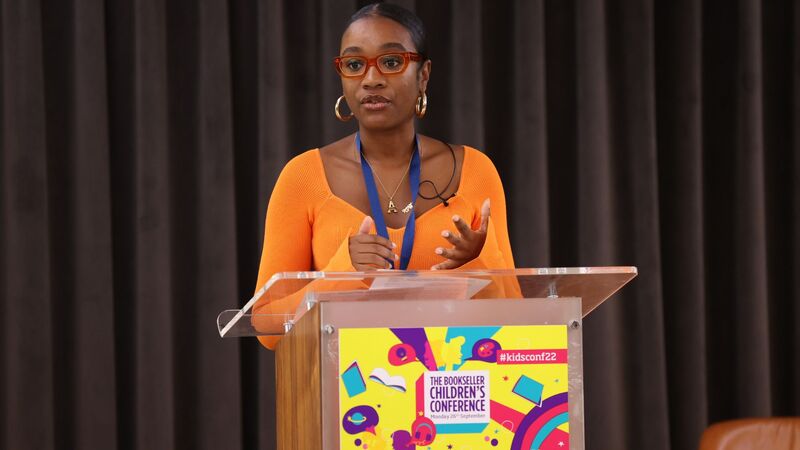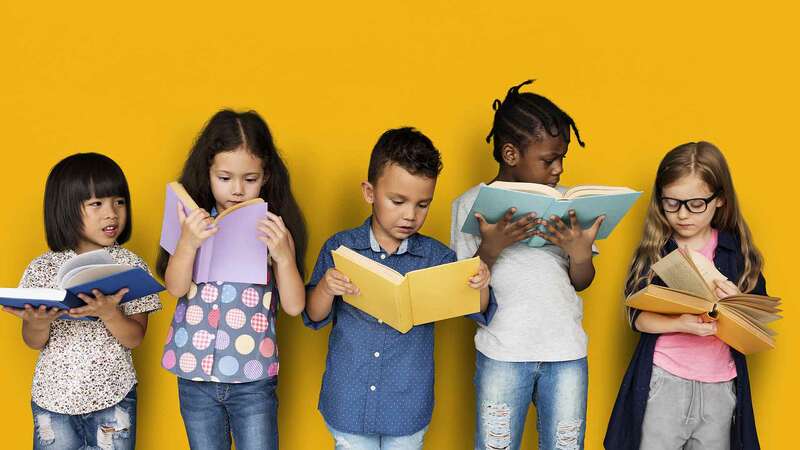CLPE Reflecting Realities 2024 | Proactivity over reactivity
As representations of characters of colour decline in children’s books, publishers must identify what is blocking consistent progress.
The results outlined in the seventh Reflecting Realities report are a stark reminder of the consistent work that the publishing industry must do to ensure children’s books feature a range of ethnicities and experiences.
We cannot afford to be complacent about losing the progress that has been made year-on-year since the first report was published in 2018; essentially we need to accept that this work requires focus and commitment over the long term to make meaningful and sustainable progress.
We currently have the most racially diverse school-age population the UK has ever seen; government records show that in 2024, 37% of students are from minority ethnic backgrounds. And yet, as this report shows, publishing in this area still does not have the necessary representation embedded in its core business-as-usual activities.
We know from National Literacy Trust research that reading for pleasure is now at its lowest-ever recorded levels among young people aged eight to 18. In addition, just one in three children enjoy reading outside of school. This is an issue we must address collectively, and we must think critically. As an industry, are we appropriately equipped to reflect modern-day Britain meaningfully and effectively in our children’s publishing? What books are available for young people in compulsory education, and do they represent reality for Britain’s young people? In order to truly foster a lifelong love of reading and stories, we have to make sure children are receiving a varied literary education in a way that is authentic and meaningful to them and their lived experiences.
The importance of children seeing a variety of perspectives, ethnicities and backgrounds in books cannot be overstated. If we don’t create enough nuanced and authentic representations of characters of colour detailing a range of experiences and perspectives, we risk crystallising the dangerous and already potent idea that the realm of books and storytelling are for a select few, and always will be. This sends powerful messages about whose perspectives are valued and prioritised, and results in young people disengaging from reading, something that will further compound the reading-for-pleasure crisis, disillusion with English literature lessons and potentially even career pathways into the creative sector.
The evidence is there to support how critical this is. Recent Lit in Colour research has demonstrated that implementing a diverse range of texts at GCSE, written by writers of colour, has had a positive and profound effect on all students, not just students of colour. This includes greater engagement in class, increased empathy, stronger feelings of relevancy and belonging, and the ability to answer exam questions successfully, with some achieving the very highest level of marks.
Britain’s ethnic diversity is a fact and children’s publishing must reflect this.
Anecdotal feedback from students also pointed towards a revived enjoyment of reading in their spare time as a direct result of these changes, something that is particularly pertinent. One white, male student in year 10 shared: “To be honest I hadn’t heard of Malorie Blackman before we studied Boys Don’t Cry, and I hadn’t even really thought that other communities deserve to be represented in English literature and now that it’s consciously on my mind, and because of how good the book is, I kind of search for those books that aren’t necessarily by the stereotypical author.”
And yet, even with these cases and stats to show how we can make progress in this area, we are left with a decline in the representation of characters of colour across children’s picture books, fiction and non-fiction titles published in 2023. The last seven reports have demonstrated that this is not an issue of ability. We have seen some wonderfully sensitive, thoughtfully published books that feature characters of colour in a range of settings. Some of my personal favourites have been Hike by Pete Oswald, Corey’s Rock by Sita Brahmachari, E L Norry’s Son of the Circus: A Victorian Story, A M Dassu’s Fight Back, Kwame Alexander and Kadir Nelson’s The Undefeated and Jessica Love’s Julián is a Mermaid. So where are we going wrong?
Britain’s ethnic diversity is a fact and children’s publishing must reflect this. The riots over the summer were a difficult but recurring reminder of the ongoing work that must be done to create kind, compassionate and inclusive citizens that support social cohesion. Literature plays a pivotal role in this at all ages, but none more important than for our children.
We must identify what is blocking consistent progress in this area at an industry level and implement the necessary changes to ensure we do not move further backwards. Whether this is training, knowledge exchange sessions or inclusive publishing masterclasses, we must commit to tackling the issue of representation in children’s publishing as a united sector for the long term. Embedding sustainable commitment to this issue must be our collective goal here, as together we can make the most meaningful changes that will benefit future generations of readers who need to see the reality of Britain’s increasing ethnic diversity reflected on the page.
Read more responses to the CLPE Reflecting Realities report here.


















